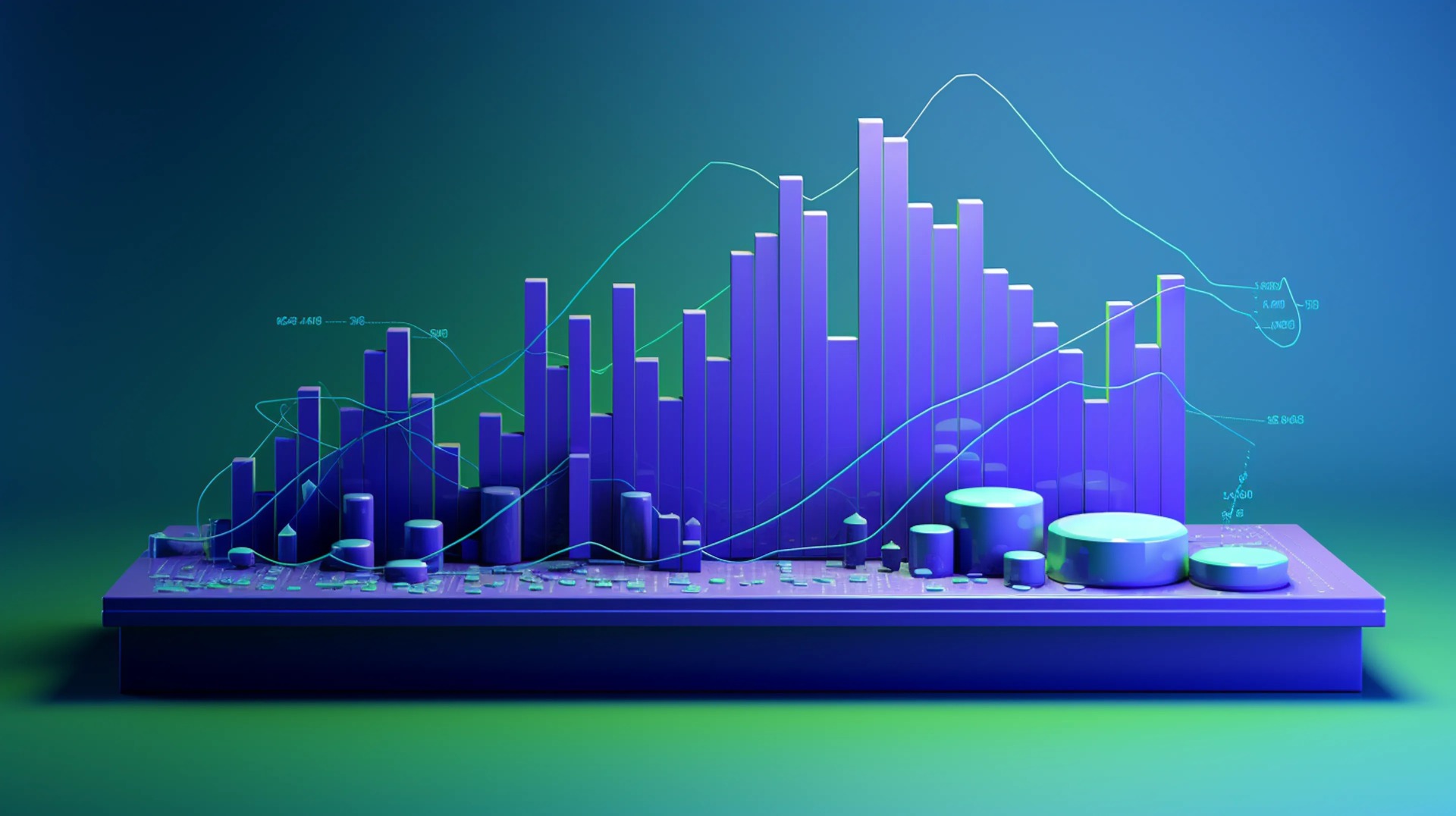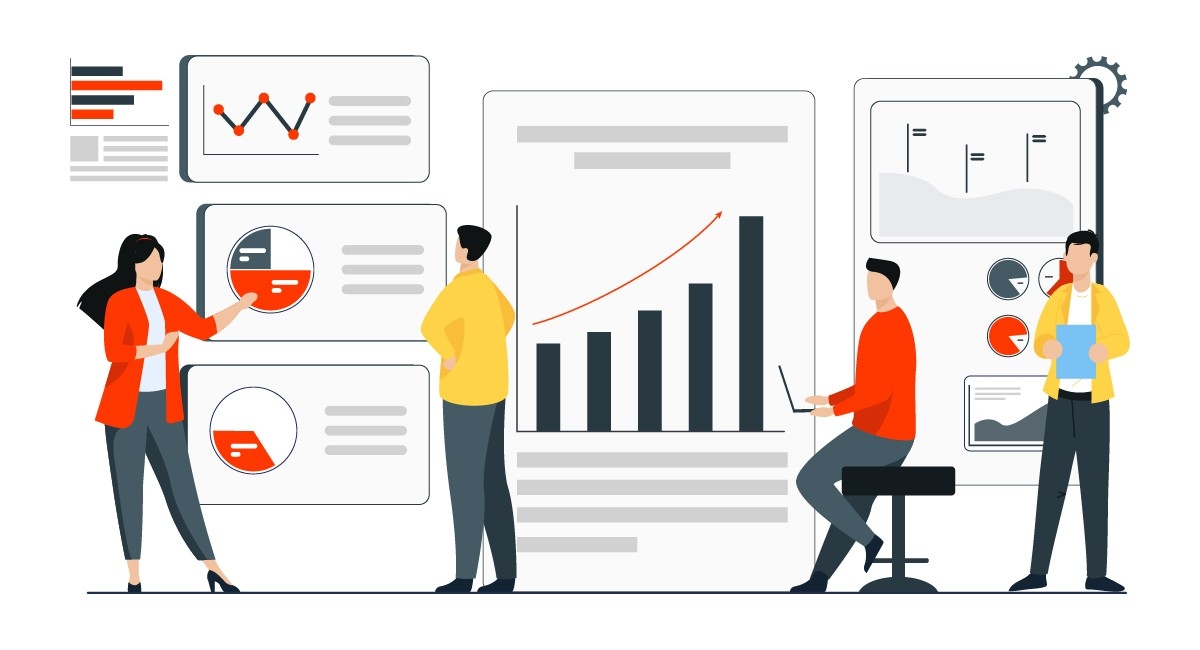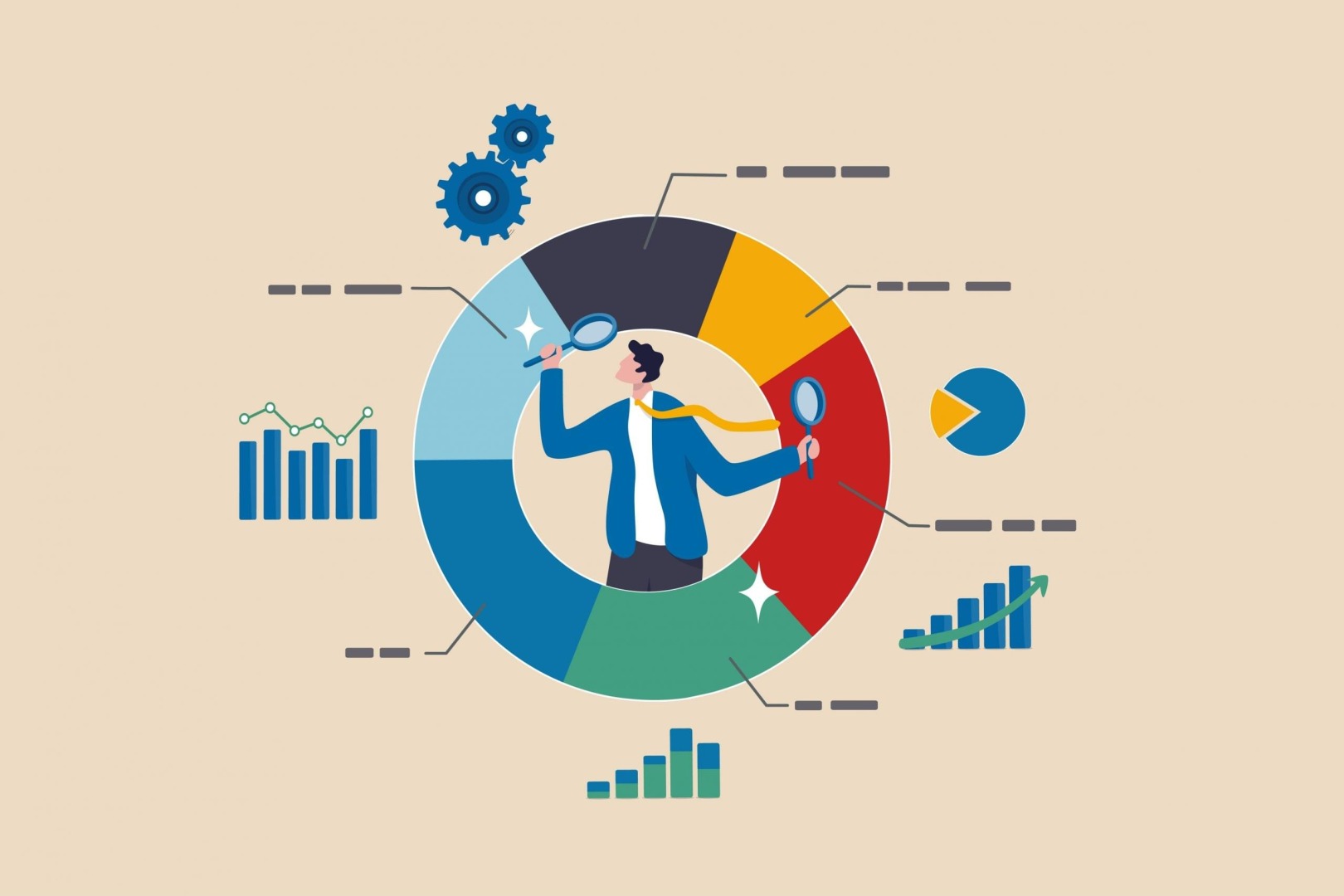Comments
- No comments found

Once bogged down by slow methods, excessive paperwork, and reliance on past outcomes, procurement needs to be better suited for the rapid pace of modern business.
The need for speed and agility in procurement processes has never been more critical.
Thanks to predictive analytics integrated into procurement management software, procurement is becoming smarter, quicker, and more cost-effective. This software harnesses data, AI, and machine learning to revolutionize how companies manage procurement, shifting from a guesswork-based approach to a strategic, data-driven process.

Predictive analytics has revolutionized procurement by leveraging data, statistical algorithms, and machine learning techniques to forecast future outcomes. This approach enables organizations to anticipate trends and events, facilitating more strategic decision-making processes. With its roots in business intelligence, predictive analytics is not a novel concept but has seen a significant evolution with the advent of advanced technologies in artificial intelligence (AI), machine learning, and big data analytics. These advancements have expanded its applicability, making it an indispensable tool in the procurement sector.
In procurement, predictive analytics is applied to analyze historical data and identify patterns that help in forecasting demand, managing supply chain risks, and optimizing supplier selection and negotiation strategies. This allows procurement professionals to proactively address potential challenges, enhance efficiency, and achieve cost savings. The ability to predict future purchasing needs and market conditions also supports sustainable procurement practices by minimizing waste and ensuring the timely replenishment of inventory.
Moreover, the integration of predictive analytics into procurement processes helps identify potential supplier risks and market fluctuations early, enabling companies to mitigate risks effectively. It also facilitates the development of dynamic pricing models, improving the accuracy of budget forecasts and financial planning. As a result, organizations can maintain a competitive edge by adapting more swiftly to market changes and customer demands.
Procurement used to be about making choices based on past experiences and guesswork. This old method doesn't work well anymore because the business world changes too quickly. Now, companies are using data to make their procurement decisions. This big change helps them stay ahead, manage risks better, and make their supply chains more efficient.
Companies that started using data early, like big international firms and tech-focused startups, are seeing real benefits. They're saving money, working better with their suppliers, and becoming more efficient. Using data lets them see what might happen in the market before it happens, so they can make smart moves early.
This shift to using data means companies can make better choices because they understand market trends and supply needs better. It helps avoid problems with getting supplies and makes companies more flexible. In short, using data in procurement is now key for businesses to do well in today's fast-moving world.

Predictive analytics streamlines procurement by automating routine tasks, predicting the best times to purchase materials, and identifying potential bottlenecks before they occur. For instance, a leading electronics manufacturer used predictive analytics to reduce its procurement cycle time by 30%, significantly enhancing its market responsiveness.
By analyzing vast amounts of data, predictive analytics helps procurement professionals identify cost-saving opportunities and negotiate better terms with suppliers. A notable example is a retail giant that leveraged predictive analytics to optimize its inventory levels, saving millions in operational costs annually.
Predictive analytics plays a crucial role in identifying and mitigating risks by forecasting supply chain disruptions, financial instability among suppliers, or changes in commodity prices. This proactive approach to risk management has saved companies from potential losses and reputational damage.
Enhanced data insights allow for better supplier selection, negotiation, and management, leading to stronger, more collaborative relationships. Predictive analytics enables companies to assess supplier performance and risk factors more accurately, fostering a partnership-based approach to procurement.

Introducing predictive analytics into procurement processes comes with its set of challenges. These include issues like data being kept in separate places within a company (data silos), not having enough people with the right skills, and employees who are hesitant to adopt new methods. These obstacles can slow down or even stop the successful use of predictive analytics in procurement.
Using data this way also raises important ethical questions and worries about keeping information private. Companies need to make sure they're handling data responsibly, following laws, and keeping people's information safe. This is crucial for maintaining trust and meeting legal standards.
To deal with these challenges, companies need a clear plan. This involves training staff to improve their skills, creating a workplace that welcomes new ideas and technologies, and being open and ethical about how data is used. By taking these steps, businesses can better overcome the hurdles of adopting predictive analytics and make the most of its benefits for procurement.
In short, while predictive analytics offers significant advantages for procurement, navigating the challenges requires careful planning, commitment to data ethics, and a proactive approach to change management.
Leave your comments
Post comment as a guest